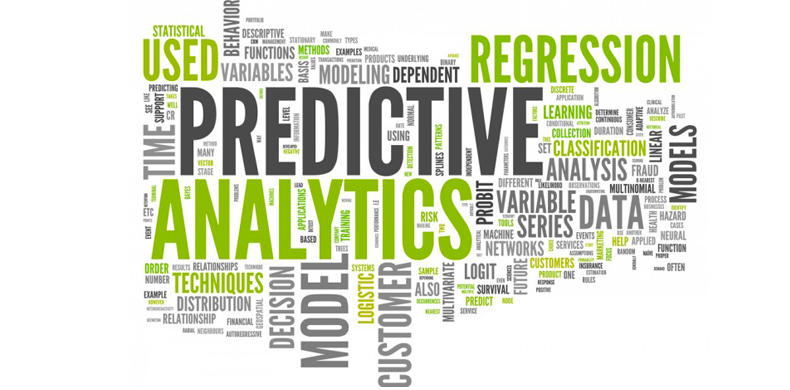posted on Sep 07, 2017 by NelsonHall Analyst

For years, the application of analytics in HR services has been heavily focused on descriptive information such as workforce demographics (e.g. average employee age, proportion of males to females, number of employees are nearing retirement, etc.) or talent management metrics (e.g. average time to hire, cost per hire, number of training hours per employee, etc.). In fact, ~90% of analytics leveraged in multi-process HR services is descriptive-based and/or includes benchmarking. In order for analytics to really affect business outcomes, however, organizations need to move beyond descriptive metrics. Currently, a number of HR services vendors are focused on developing predictive analytics and, to a lesser extent, prescriptive analytics.
One area where predictive analytics is heating up is with employee turnover. For example, late last year, ADP launched its Turnover Probability solution, powered by the ADP DataCloud, which includes:
- Identifying the likelihood of voluntary turnover across an organization, within job types, locations, and teams, as well as for individual employees
- Analyzing combinations of a multitude of factors related to job characteristic, organizational dynamics, compensation elements, and employee demographics that impact the likelihood of employee turnover
- Allowing organizations to compare their turnover risk against industry risk benchmarks that draw upon ~30m employees within ADP's Big Data.
This year, Ceridian launched predictive analytics for its Dayforce HCM platform, which includes interactive visual dashboards that provide employee information including job title, performance percentile, tenure, flight risk, and the estimated cost to replace.
Retention is a huge issue for organizations, and with predictive analytics, organizations can more accurately determine the likelihood of future turnover and build retention plans accordingly.
WNS is another example of an HR services vendor with extensive predictive and prescriptive analytics capabilities. In 2017, it added performance prediction, attrition propensity, and more. WNS’ full suite of predictive and prescriptive analytics includes:
- Workforce management: workforce planning, retention model, capacity modelling, and attrition propensity
- Compensation & benefits and payroll: rewards policy effectiveness, market benchmarking, and wage cost modeling
- Performance and learning: performance prediction, pay for performance relationship model, and succession planning
- Talent acquisition: predictive hiring model, social media strategy, employer brand positioning, and stability index model.
There is already an abundance of data for HR managers, so the thought of advanced analytics can be overwhelming, which is why it is essential for organizations to have strong relationships with their HR services provider who can grease the skids and turn the data into a powerful tool that affects business outcomes.




